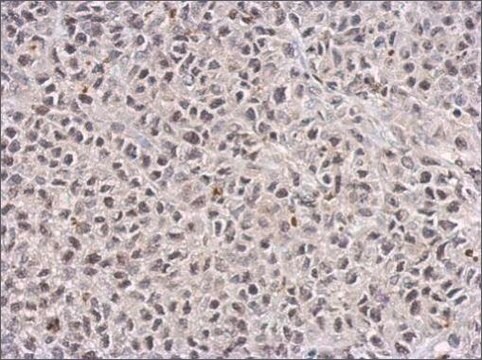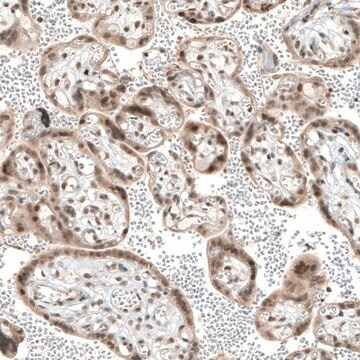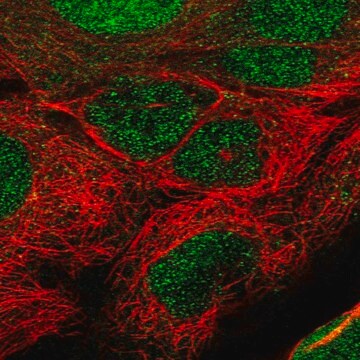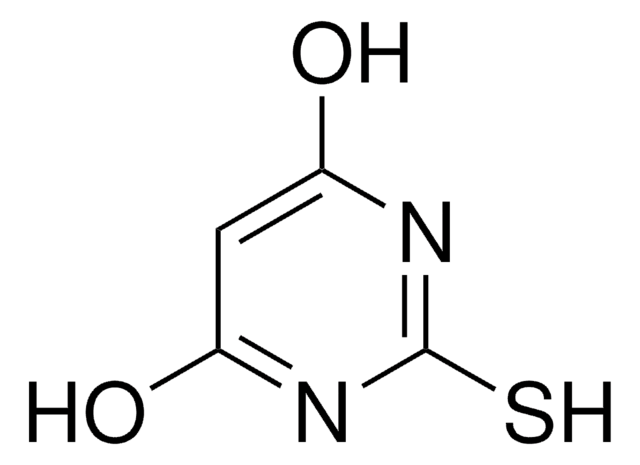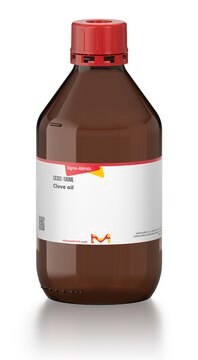MABE1144
Anti-TET1 Antibody, clone 5D6
clone 5D6, from rat
Synonyme(s) :
Methylcytosine dioxygenase TET1, CXXC-type zinc finger protein 6, Ten-eleven translocation 1 gene protein homolog
About This Item
Produits recommandés
Source biologique
rat
Niveau de qualité
Forme d'anticorps
purified immunoglobulin
Type de produit anticorps
primary antibodies
Clone
5D6, monoclonal
Espèces réactives
mouse
Technique(s)
ELISA: suitable
immunocytochemistry: suitable
immunoprecipitation (IP): suitable
western blot: suitable
Isotype
IgG2aκ
Numéro d'accès NCBI
Numéro d'accès UniProt
Modification post-traductionnelle de la cible
unmodified
Informations sur le gène
mouse ... Tet1(52463)
Description générale
Spécificité
Immunogène
Application
Epigenetics & Nuclear Function
Chromatin Biology
Immunoprecipitation Analysis: A representative lot immunoprecipitated endogenous TET1 from murine embryonic stem cell (mESC) lysate. Subsequent LC-MS/MS analysis detected the presence of co-immunoprecipitated glycosyltransferase OGT (Bauer, C., et al. (2015). J. Biol. Chem. 290(8):4801-4812).
ELISA Anaylsis: Clone 5D6 hybridoma culture supernatant was confirmed for its immunoreactivity against His-tagged murine TET1 by ELISA (Bauer, C., et al. (2015). J. Biol. Chem. 290(8):4801-4812).
Qualité
Immunocytochemistry Analysis: A 1:200 dilution of this antibody detected TET1 in mouse embryonic stem cells (ESCs).
Description de la cible
Liaison
Forme physique
Stockage et stabilité
Autres remarques
Clause de non-responsabilité
Vous ne trouvez pas le bon produit ?
Essayez notre Outil de sélection de produits.
Code de la classe de stockage
12 - Non Combustible Liquids
Classe de danger pour l'eau (WGK)
WGK 1
Point d'éclair (°F)
Not applicable
Point d'éclair (°C)
Not applicable
Certificats d'analyse (COA)
Recherchez un Certificats d'analyse (COA) en saisissant le numéro de lot du produit. Les numéros de lot figurent sur l'étiquette du produit après les mots "Lot" ou "Batch".
Déjà en possession de ce produit ?
Retrouvez la documentation relative aux produits que vous avez récemment achetés dans la Bibliothèque de documents.
Notre équipe de scientifiques dispose d'une expérience dans tous les secteurs de la recherche, notamment en sciences de la vie, science des matériaux, synthèse chimique, chromatographie, analyse et dans de nombreux autres domaines..
Contacter notre Service technique